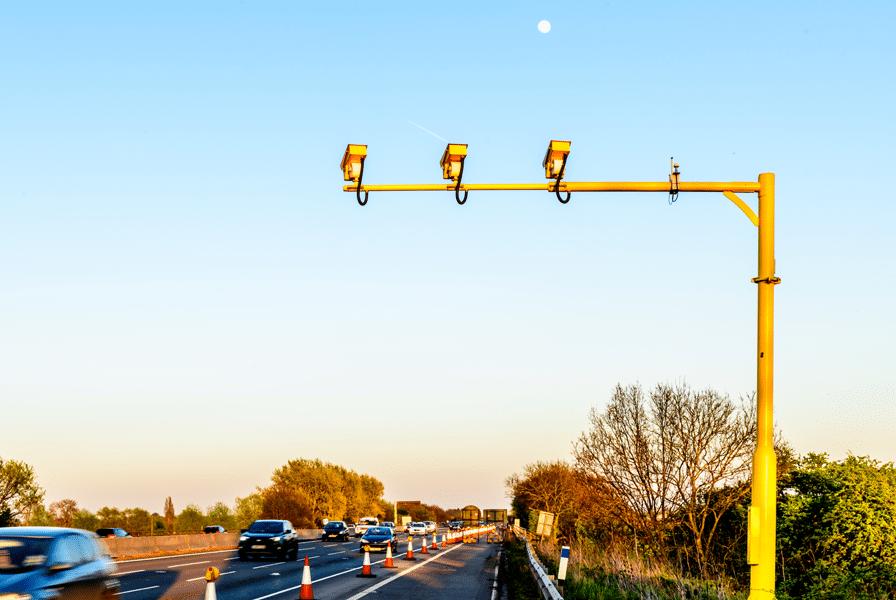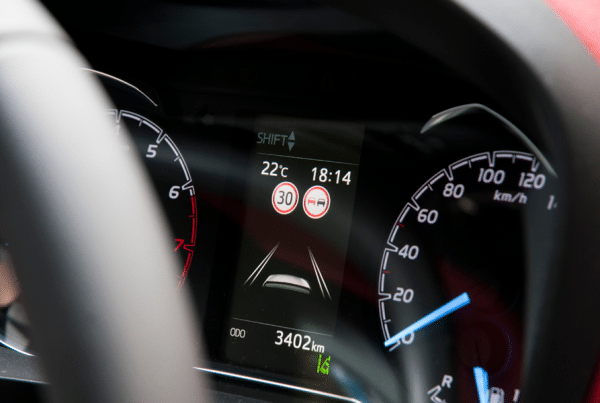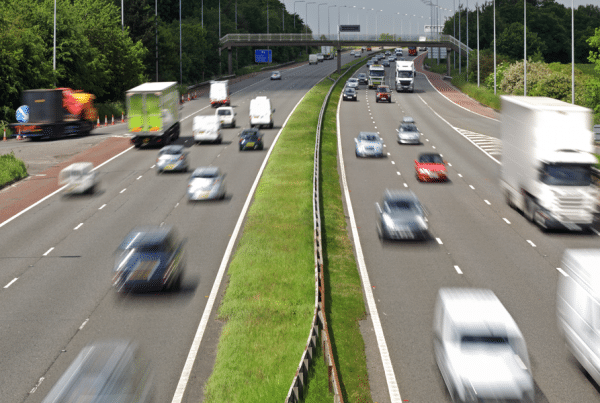
A speed camera on the A1(M) at Bowburn, County Durham, has proven one of the UK’s most active, catching nearly 6,000 speeding drivers over the past year. Positioned at junction 61, this camera recorded 5,906 speeding incidents from April 5, 2023, to April 5, 2024, averaging around 16 daily offences. This high capture rate has earned it the 19th spot on a national list of the top 20 speeding ‘hotspots,’ according to data gathered through a Freedom of Information (FOI) request by Legal Expert, a personal injury and accident claims solicitor.
The FOI request, which surveyed 43 police forces across England and Wales (with responses from 23), highlights how critical speed enforcement has become on key stretches like the A1. Across the UK, a total of 5.2 million speeding tickets were issued last year. The Bowburn camera’s prominent position in the rankings shows the North East’s contribution to tackling speed-related issues, with this camera being the only one in the region to make the top 20.
Increased Speed Enforcement Along the A1: A Growing Trend
This camera’s activity at Bowburn reflects a broader trend on the A1. In 2021, a significant speed control measure saw the installation of average speed cameras between Birtley (junction 65) and the Coal House roundabout (junction 67), encompassing the stretch from Chester-le-Street and Washington through to Team Valley and Newcastle. Originally, a 50 mph limit was enforced along this section with mobile speed units and patrolling officers, but the average speed cameras now ensure continuous 24-hour enforcement. The installation was a key part of a £220 million upgrade project by Highways England aimed at improving safety and easing congestion with additional lanes, creating a safer and more reliable route.
What Drivers Need to Know About Penalties and the 10% Rule
With average speed cameras now covering large sections and recording speeds between multiple points, drivers should be aware of both the rules and penalties. For those caught exceeding the limit, fines start at £100, with a minimum of three penalty points on the licence. Higher speeds, particularly those over 100 mph, can lead to fines of up to £1,000 on standard roads or £2,500 on motorways, and even result in licence suspension.
While the ‘10% rule’ is often talked about, allowing some leeway e.g., 10% +2 (up to 35 mph in a 30 mph zone), enforcement thresholds vary. Officially, even 1 mph over the limit constitutes a speeding offence, and thresholds can change without notice, and depending on the area so drivers should avoid relying on this rule as a buffer.
Can Drivers Alert Others About Speed Cameras?
There’s also the matter of flashing headlights to warn oncoming drivers about speed cameras or mobile vans. Legally, under section 89 of the Police Act 1997, intentionally obstructing a constable on duty is an offence, which could technically apply to drivers warning others. Though difficult to prove, authorities caution against it, focusing instead on encouraging adherence to limits for everyone’s safety.
The Future of Speed Enforcement on the A1
The significant use of speed cameras on the A1 suggests a strong push towards safer roads. With ongoing improvements to the route and more cameras in place, drivers are advised to stay within limits to avoid penalties and contribute to reducing accidents along this busy corridor. The A1 is evolving to meet the needs of increasing traffic, but with these changes come greater vigilance and enforcement, ensuring it remains safe and efficient for all road users.











